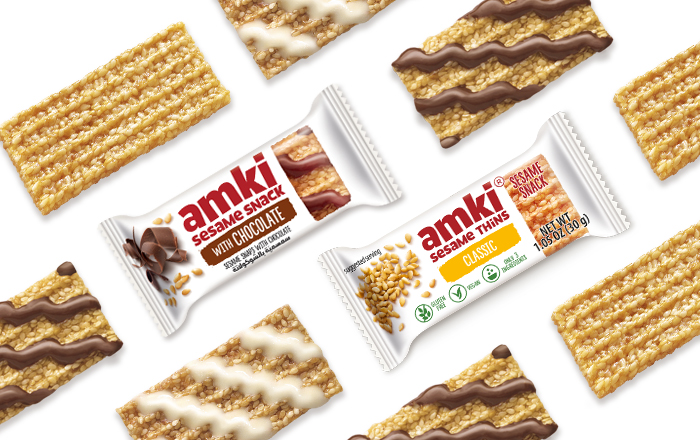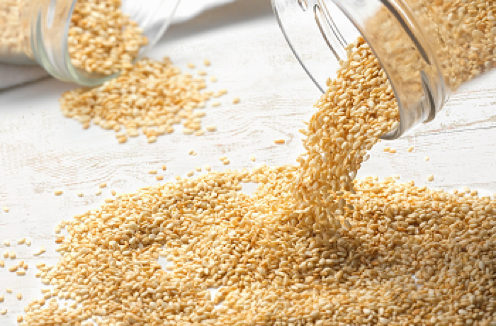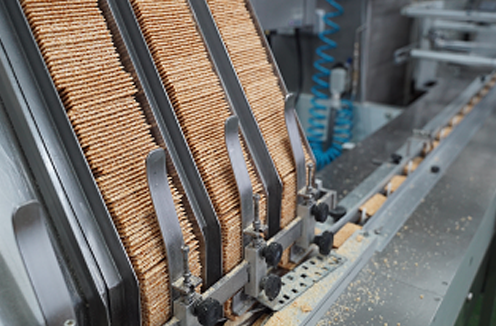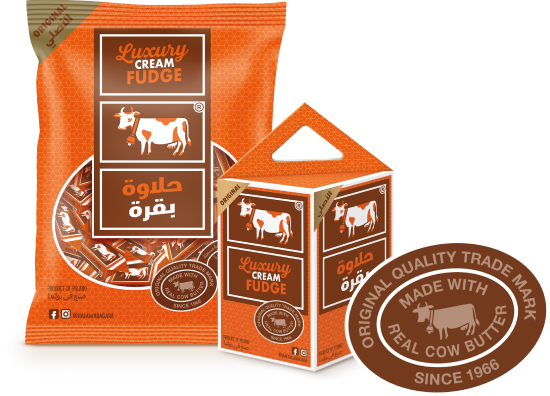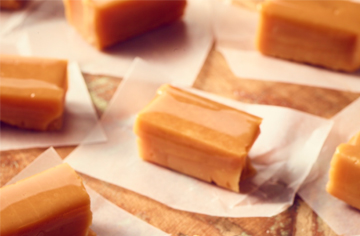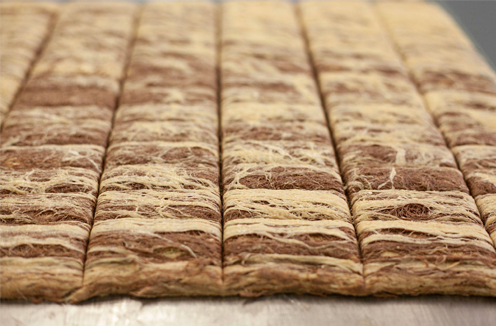
One of the first oil plants known to humankind, sesame has been cultivated for oil production for at least 3000 years. Over centuries it has, however, grown beyond its reputation as an oil source and today, it enjoys a variety of culinary uses.
While we most routinely see sesame used as a garnish in salads or sprinkled on the top of a burger bun, sesame on its own—and in the form of sesame snaps and halva! —is a valuable addition to our daily diets. Sesame seeds are a good source of plant protein and nutrients, are high in fiber and good fats, and are linked to a number of other health benefits.
How did sesame make its way into our cuisine?

The most popular species of sesame, Sesamum indicum, is considered one of the oldest oilseed crops to have been domesticated and cultivated by humans. It is grown in fields, reaching heights of up to 1.5 m. Sesame flowers may have different colors, such as white, blue, or purple, and a single plant can yield approximately 80 seeds rich in unsaturated fatty acids.
It is widely thought that sesame is native to Africa, especially its northern part. In fact, some of the best sesame is still grown in Nigeria. Sesame also held a prominent place in ancient Egyptian culture and was also introduced to parts of Asia where it has since flourished as a crop and figures prominently in traditional Indian cuisine.
Sesame was historically, primarily used as an oil source (to fuel oil lamps, for instance), but it also served other functions. It has been used medicinally to aid in disease prevention across Asia for thousands of years. Additionally, the Chinese used to burn sesame oil to produce soot for ink blocks. But, in its pure form, sesame was also used in ancient times by the Greek army as energy-boosting sustenance for soldiers, and in Rome, sesame seeds served as a basis for a popular paste prepared with caraway. Early Assyrians even believed that sesame wine was drunk by gods right before the creation of the world.
Why is it still worth eating sesame?
While there are a variety of sesame types, we commonly consume white, hulled seeds (meaning that their husks have been removed). Regardless of its species, however, the tiny seeds pack a powerful punch when it comes to our health. Sesame is a great source of gluten-free dietary fiber, which can help reduce the levels of LDL cholesterol in the blood and therefore, the risk of heart disease. Sesame seeds are also very high in polyunsaturated fats and monounsaturated fats, which, when increased in relation to saturated fats, can also help reduce bad cholesterol.
The little nutritional powerhouses are also a good source of plant-derived protein, containing as much as 17 grams (per 100 grams of seeds), which is on par with—or even more than—a notoriously protein-packed chicken egg. A tablespoon of sesame seeds also provides 9% of your recommended daily intake of calcium.
Sesame also boasts a plethora of microelements (including phosphorus, magnesium, iron, zinc, copper and selenium), and vitamins (A, E, and B), which are necessary for the proper maintenance of bodily functions. They also contain lignans (sesamin, sesaminol, sesamolin, and sesamol), which are known to have antioxidant and anti- inflammatory properties linked to cancer prevention and to slowing down the ageing process.
Finally, sesame contains tryptophan, a compound necessary for the synthesis of serotonin and melatonin. As such, dietician, Celina Kinicka, claims that a handful of sesame seeds a day could even help people overcome sleeping problems and depression.

Sesame in our diets
Although the health benefits of sesame are plentiful, its role in your daily diet is most likely relegated to either a garnish on your salad, or a sprinkling on the top of your hamburger bun. But Unitop offers a sweeter way to enjoy the beneficial seeds, courtesy of their perfectly snackable sesame snaps and sesame bars.
Unitop sesame snacks stand out among similar products of their kind because of our keen focus on the quality of the seeds we use. Only the highest quality, most robust seeds are selected for use and on top of that, we always roast our seeds prior to production, resulting in a superior final product in terms of both the taste and that satisfying crunch.
Likewise, the sesame seeds that form the paste or tahini that we use for our halva, go through the same rigorous selection process, with additional attention paid to the color of the seeds. Even a few dark seeds can adversely affect the product. The texture of the tahini is equally as important as color so we source ours from experts in Turkey, who are renowned producers of world-class tahini. When you choose Unitop halva, know that you are choosing one that is made according to the highest standards of quality and taste in the industry.


